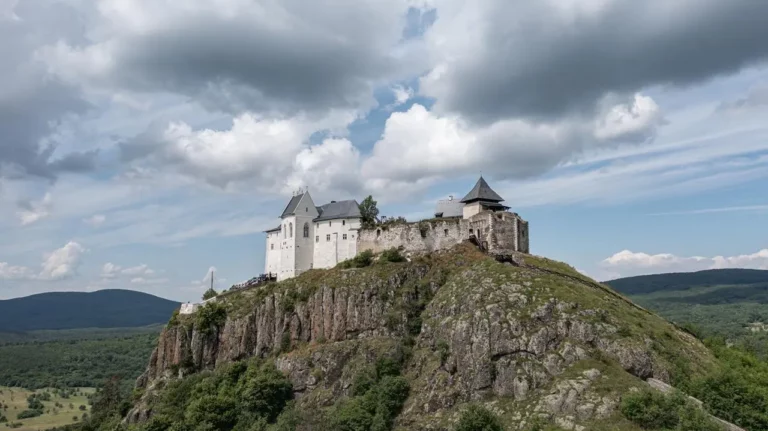Photo gallery
Photo exhibition: ‘Ecuador, a Sustainable Paradise’ in Budapest!

PHOTO GALLERY, VIDEO: Spectacular Budapest fireworks in photos

Renewed Budapest Citadel will look breathtaking – PHOTOS

One of the largest Roman soldiers’ and citizen town, legio camp excavated in Hungary – PHOTOS

Budapest’s iconic Keleti Railway Station turns 140 – here are 8 fascinating facts

Independence Day of India celebrated in Budapest – PHOTO GALLERY

Discover Kurultaj: Hungary’s grandest traditional event captured in photos

Renovation of Hungary’s earliest stone castle on top of volcano cone continues: it looks marvellous – PHOTOS

Anna Ball 2024: Here’s the most beautiful girl at Lake Balaton – PHOTOS

Spectacular VISUAL PLANS: Rebirth of the nation’s historic main square in Budapest

Hungarian cider winery won a prestigious prize! – PHOTOS

Peru’s “Pisco Night” shines bright again in Budapest: photo gallery

Wizz Air marks 20th anniversary with festive aircraft paint scheme: photo gallery

PHOTO GALLERY: Stunning visual plans of Budapest’s newest university campus

Red Bull Soapbox returns to Budapest – PHOTOS

Historical moment: PM Orbán takes over EU’s rotating presidency – PHOTOS

PHOTOS: Geszt Tisza Castle in East Hungary astonishingly renewed

Miss World Hungary revealed: crowned as the country’s most beautiful woman – Photos






